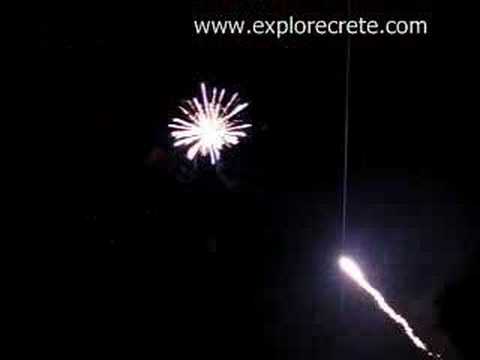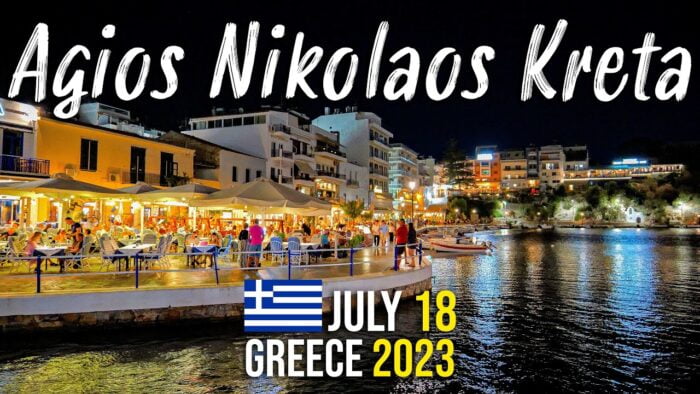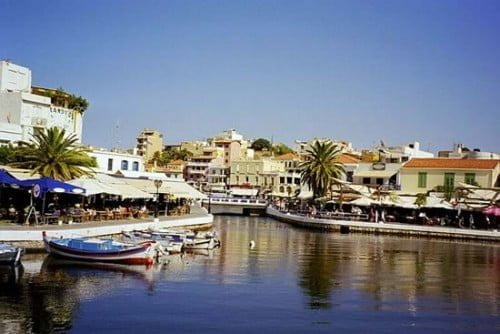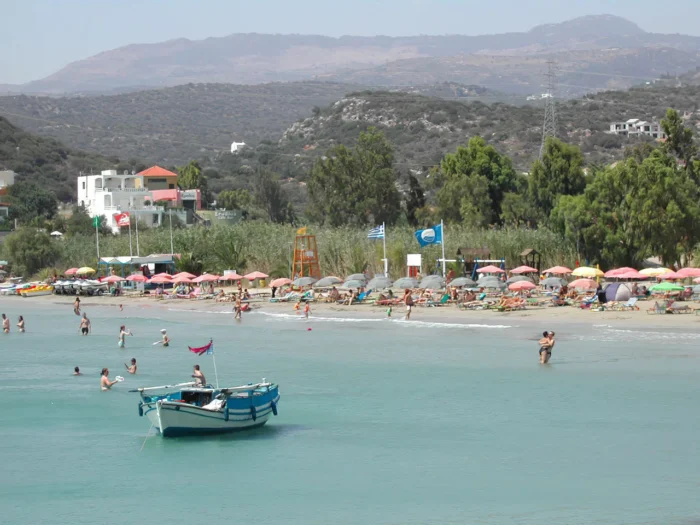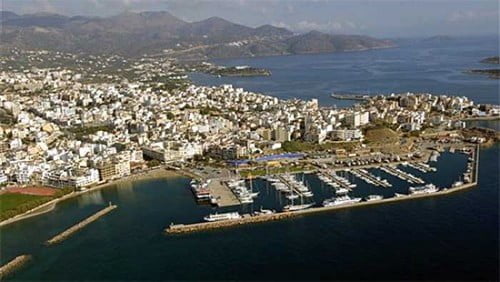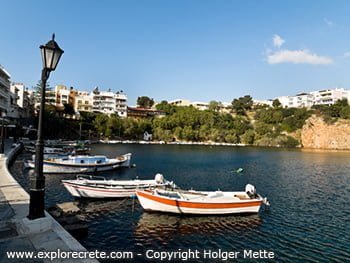Agios Nikolaos – History
Agios Nikolaos and its history
Strange as it may seem, Agios Nikolaos was not an important city in ancient Minoan Crete. The history of human presence in Agios Nikolaos begins with the Minoan harbour installations just north of the modern harbour.
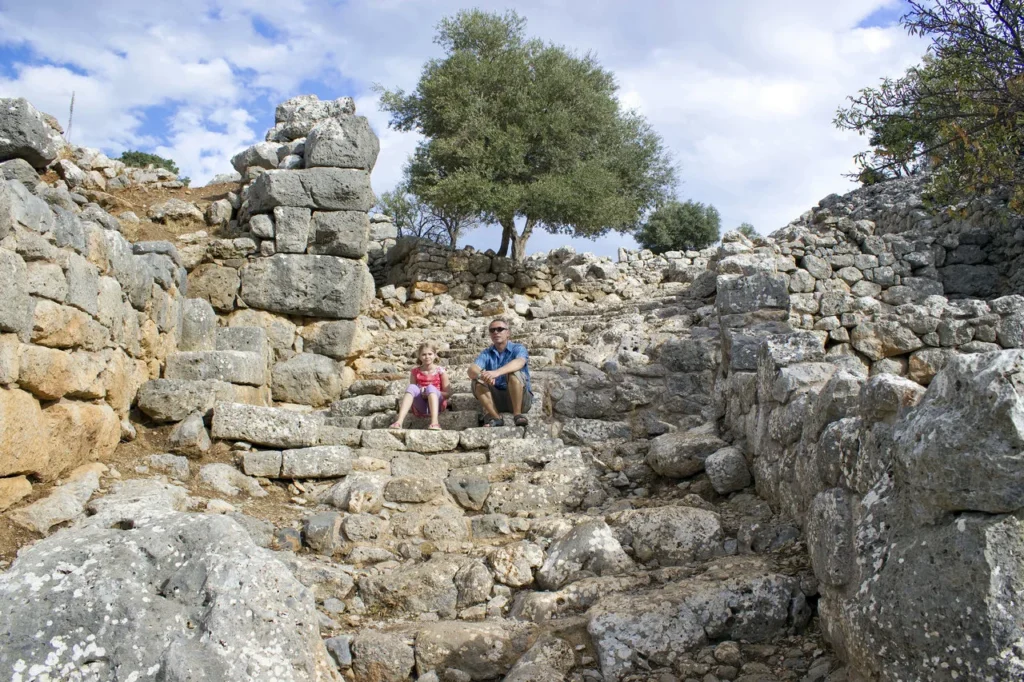
The city of Lato pros Kamara, ancient Agios Nikolaos
Later, in the historic period, the city of “Lato pros Kamara” flourished on the same site as modern-day Agios Nikolaos. It was located on the hill between the lake and the marina, but only a very few finds have survived to the present day.
The city of “Lato pros Kamara” was the port of the major Dorian city of Lato (Lato Etera) near Kritsa (10 km south of Agios Nikolaos).
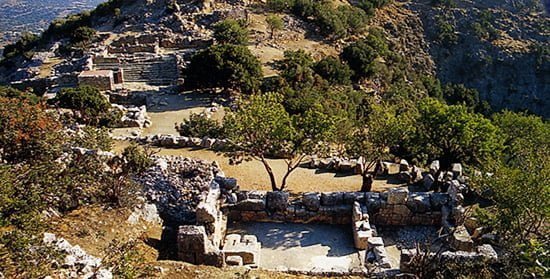
“Lato pros Kamara” flourished particularly in the 3rd century BC, as a commercial port and dispatch centre for mercenaries. Both Lato and Lato pros Kamara were independent cities with their own coinage (depicting Artemis, Eileithyia and Hermes Lation), and continued in existence through periods of rise and fall until the 6th century AD.
Agios Nikolaos during the Venetian period
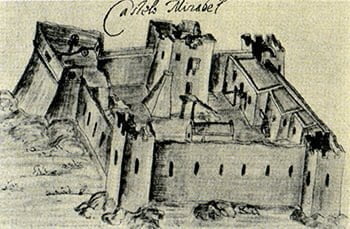
No written information has been preserved on Agios Nikolaos until the 13th c. AD. In 1206 the Genoese arch-pirate Enrico Pescatore built a fortress on the hill of Kefali, where the Prefecture now stands.
The fortress was named Mirabello, because it offered a wonderful view of the whole bay. The fortress must have been so imposing that it gave the name of Mirabello to the whole province of Agios Nikolaos. But Pescatore did not have time to enjoy his fortress with its magnificent view, as Crete passed into Venetian hands.
The fortress contained a salt store, where the valuable product of the Elounda salt-pans (a little to the northwest) was carefully stored. This shows how important salt was in commerce, and why the Venetians kept a tight grip on the Mediterranean salt monopoly at all costs.
At the foot of the fortress spread the burg, the houses of the local inhabitants, although in Venetian times the small settlement didn’t even reach as far as the lake.
The Mirabello fortress went through various phases of destruction by earthquake in 1303 and pirates in 1537, but it was always rebuilt. The final destruction came in the 17th century, when the Ottoman Turks besieged it and took it by treason.
The fortress was recaptured by the Venetians, but they could not keep it long, and blew it up on their departure.
Agios Nikolaos during the Turkish occupation
History tells us that during the Venetian period, the village of Agios Nikolaos, though relatively large by the standards of the time, did not extend very far and was inhabited exclusively by experienced fishermen.
At first, following the Turkish occupation, it continued to be inhabited and remained the provincial seat, but was then gradually depopulated until it was eventually abandoned entirely.
Although the village was abandoned, however, the harbour continued to be used for the export of local produce, mainly carobs. The goods were collected in open spaces, or even in the four churches of Agios Nikolaos at the time, because there were no storehouses.
At the end of the Turkish occupation, after the 1866 rising, people started to come back to Agios Nikolaos. The inhabitants of Kritsa, a few people from Sfakia and merchant mariners from East Crete settled in the ruined village of Mandraki, which was to grow into the modern town of Agios Nikolaos. The inhabitants prospered from the citrus trade, which has left its stamp in the name of “Kitroplateia” (Citrus Square), a central district of modern Agios Nikolaos.
The name Agios Nikolaos itself is not very old; the town is named after the small, single-aisled domed church on the small Ammoudi peninsula, opposite the coastal road.
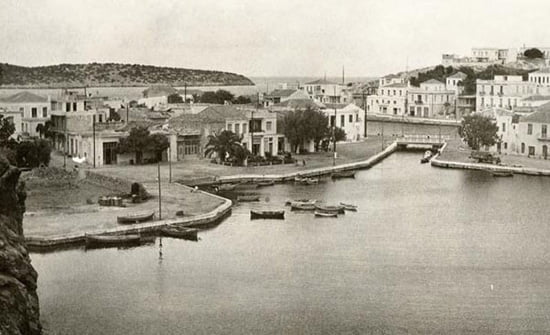
Agios Nikolaos today
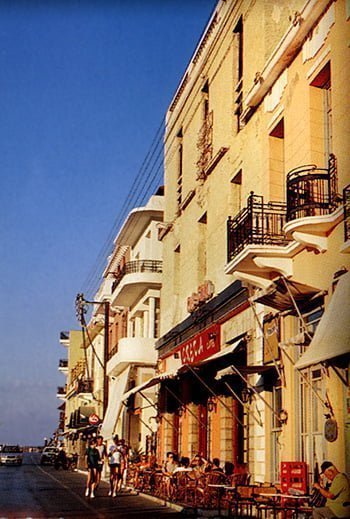
Tourism first came to Agios Nikolaos in the 1960s, much earlier than other parts of Crete, and the first large hotel opened shortly after 1965.
Today, Agios Nikolaos may not play such an important part in Cretan tourism, but it still welcomes thousands of tourists every summer, as do Elounda and Plaka to the north and Istron with Kalo Chorio to the south.
The other villages in the hills and mountains around Agios Nikolaos remain essentially untouched by tourism and offer visitors a picture of real Cretan life.
Today Agios Nikolaos is a small town that lives from tourism. If you visit in the summer, it is a hive of activity with thousands of tourists eating and drinking around the lake of Agios Nikolaos, swimming off its beaches, walking through its streets or enjoying themselves in its bars and clubs at night.
Agios Nikolaos may have grown, but it has managed to preserve its identity as a seaside town, with its harbour and its excellent marina.
It is located in an area of particular natural beauty, and no visitor can leave without taking with him, engraved on his memory, the impressive images he will see in and around Agios Nikolaos.
© explorecrete.com All Rights Reserved. Reproduction or copying without permission is prohibited.

